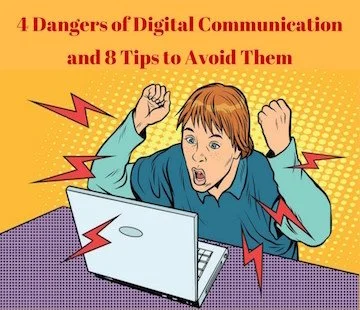As head of school, I would have my assistant head of school read sensitive emails that I was planning on sending.
As time went on, I would stop sending such emails entirely, and insist on face-to-face meetings.
That's because we do a terrible job of accurately reading intent when it comes to things like email.
We lose sight of tonality. We lose sight of intent.
Read More








